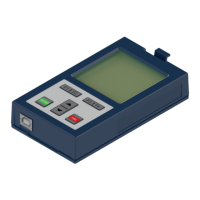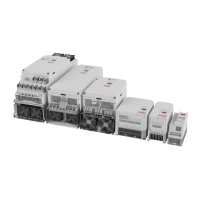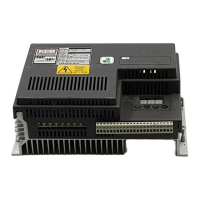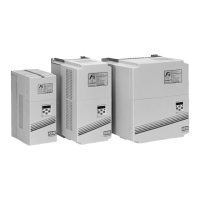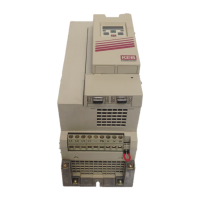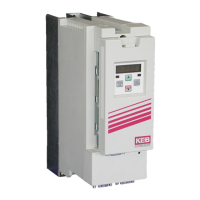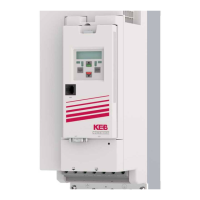GB - 42
Annex
Annex C
C.1 Installation of water-cooled units
In continuous operation water-cooled inverters are operated with lower temperature than
air-cooled inverters. This has positive effects on lifetime-relevant components such as fan
and DC link circuit capacitors and power modules (IGBT). Also the temperature dependent
switching losses are positively effected. The use of water-cooled KEB COMBIVERT frequen-
cy inverters is offered in the drive technology, because there are process-caused coolants
available with some applications. The following instructions must be observed absolutely
when this units are used.
C.1.1 Heat sink and operating pressure
Design system Material (voltages) Max. operating pres-
sure
Connecting duct
Extrusion casting heat
sink
Aluminium (-1.67 V) 10 bar 0000650-G140
The heat sinks are sealed with sealing rings and posses a surface protection (anodized) even
in the ducts.
In order to avoid a deformation of the heat sink and the damages involved, the
indicatedmax.operatingpressuremaynotbeexceededbrieyalsobypressure
peaks.
Pay attention to the guidelines 97/23/EG of pressure units.
C.1.2 Materials in the cooling cicuit
For the screw connections and also for the metallic articles in the cooling circuit which are in
contact with the coolant (electrolyte) a material is to be selected, which forms a small voltage
difference to the heat sink in order to avoid contact corrosion and/or pitting corrosion (elec-
tro-chemical voltage series, see table 1.5.2). An aluminum screw connection or ZnNi coated
steel screw connection is recommended. Other materials must be examined in each case
beforeemployment.Thespeciccaseofapplicationmustbecheckedbythecustomerin
tuningofthecompletecoolingcircuitandmustbeclassiedaccordingtotheusedmaterials.
With hoses and seals take care that halogen-free materials are used.
A liability for occuring damages by wrongly used materials and from this resulting corrosion
cannot be taken over!
Table 1.5.2 Electro-chemical voltage series / standard potentials against hydrogen
Material generated Ion Standard po-
tential
Material generated Ion Standard po-
tential
Lithium Li
+
-3.04 V Cobald Co
2+
-0.28 V
Potassium K
+
-2.93 V Nickel Ni
2+
-0.25 V
Calcium Ca
2+
-2.87 V Tin Sn
2+
-0.14 V
Sodium Na
+
-2.71 V Lead Pb
3+
-0.13 V
Magnesium Mg
2+
-2.38 V
Iron Fe
3+
-0.037 V
Titan Ti
2+
-1.75 V Hydrogen 2H
+
0.00 V
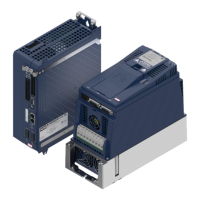
